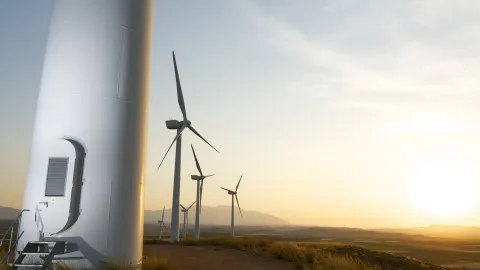
J-Power’s Shimamaki Wind Farm goes online
It has a capacity of 4.3 megawatts.
J-Power’s New Shimamaki Wind Farm with a 4.3-megawatt capacity has started commercial operations following an update.
In a statement, J-Power said the wind farm located in Shimamaki in Hokkaido, Japan was updated by its wholly-owned subsidiary J-Wind Co. Ltd.
The company has started the operation of its seventh wind farm in the country, Esashi Wind Farm, bringing its total output to 662,392 kilowatts. It is operating wind power generation in 28 sites, of which 22 are in operation, whilst three are being updated, and three are under construction.
The total equity output of seven sites in Hokkaido that are in operation or under construction is at 154,450 kilowatts.



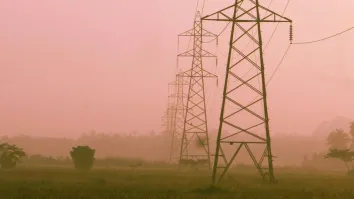
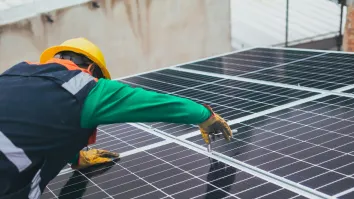





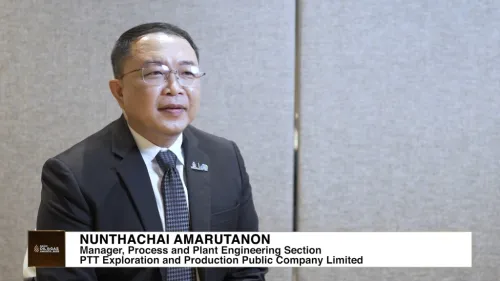


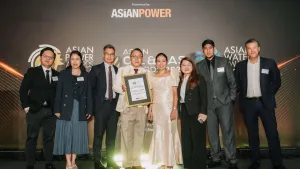





 Advertise
Advertise







